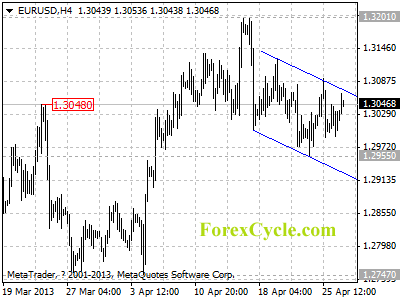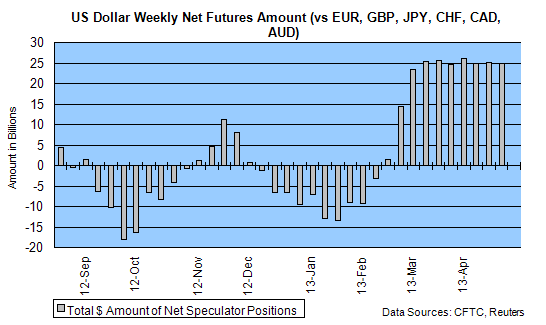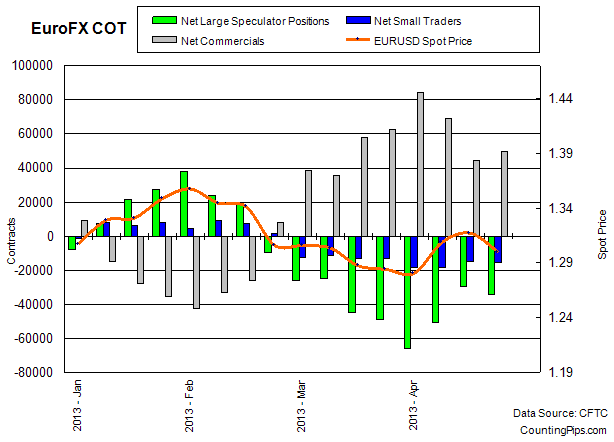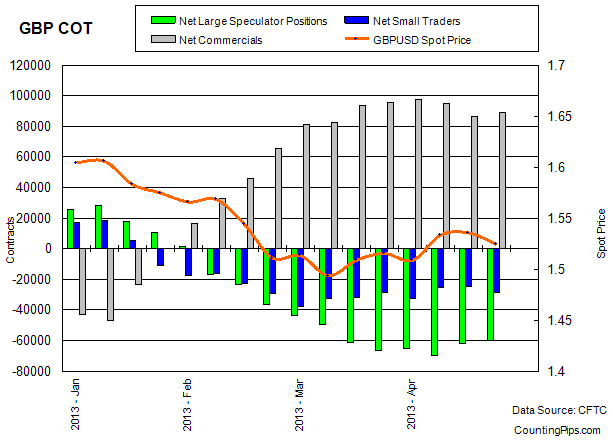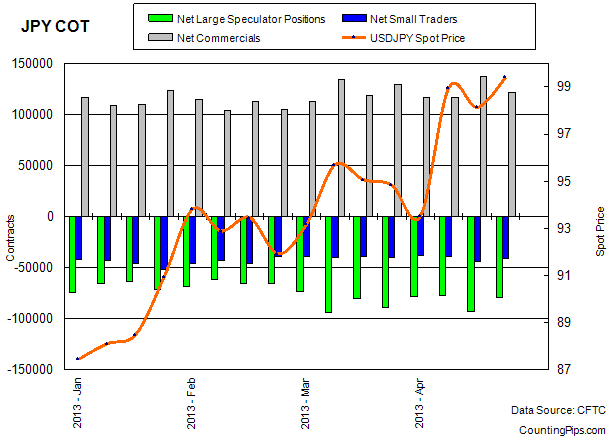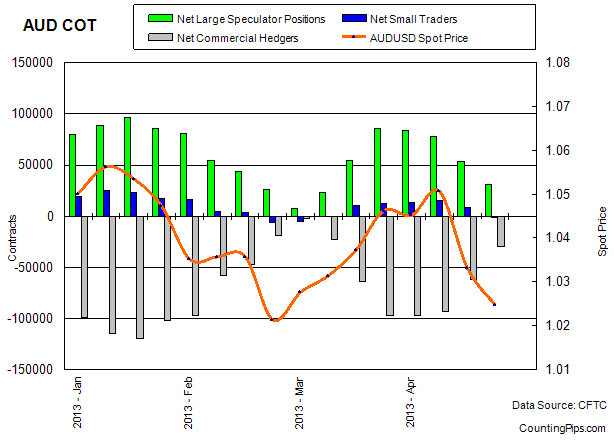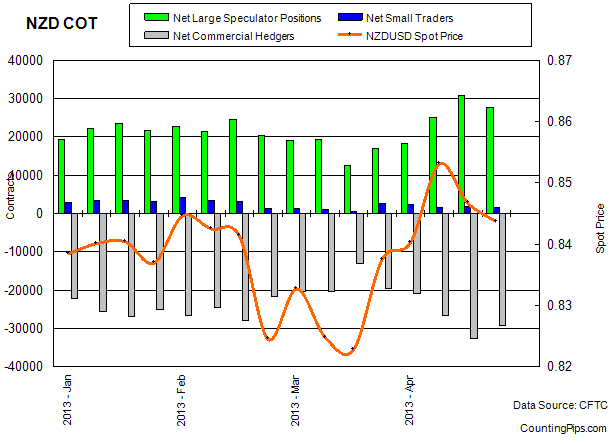Here’s something that won’t surprise you.
It’s expensive to live in Australia.
The median house price in Australia’s eight capital cities is $465,000. For areas outside the capitals it’s $328,000.
But it’s not just housing that’s burning a hole in the average Aussie’s pocket. Everyday purchases are pricey too.
So pricey that the cost of living in Australia is higher than in New Zealand, Canada, France, Japan, the UK, the US and Hong Kong…
According to a report in the Age over the weekend:
This week, a Deutsche Bank report illustrated what many suspect – whether catching public transport, ordering a beer or buying medicine to battle a cold, Australians pay among the highest prices on the planet.
‘The report, which tracks the prices of an array of goods and services in cities and countries around the world, found that Melburnians and Sydneysiders pay almost 40 per cent more for movie tickets than Manhattanites and Parisians, for example, with cinephiles in Wellington and London paying only slightly more.’
High prices make it tough for everyone. And contrary to belief, it’s not just those on a fixed income. It’s tough on wage earners too.
Remember, even if you get a pay rise, you only get it once a year. And that — if you’re lucky — will only cover price increases for the previous year. In other words, with price inflation, you’re always playing catch-up.
That’s why it pays to think about your future income streams as soon as you can. Because like it or not, with the way the economy is going, prices aren’t about to come down anytime soon…
The Rich are Getting Richer
In fact, it’s likely to get worse as monetary inflation favours those who get the newly printed money first (governments and banks), and penalises those who get the newly printed money last — or not at all.
And think about it. The Reserve Bank of Australia hasn’t even started the money-printing experiment they’re trying overseas.
It’s already playing out in the UK and US. There money printing has been in full flow for four years. As we’ve explained before, the returns on a UK annuity today are less than half of what they were 20 years ago.
It means investors get a lower income with which to pay for higher priced goods. It’s a double whammy.
How did that happen? Simple, it’s a direct result of the Bank of England’s low interest rate policy.
Meanwhile in the US, as Bloomberg News reports:
Wealthy households boosted their net worth by 21.2 percent in the aftermath of the recession, according to the study released today by the Pew Research Center. The rest of America lost 4.9 percent of household wealth from 2009 to 2011.
‘Pew attributed the disparity to gains during that period in the stock and bond markets, benefiting affluent households, while the housing market’s decline hit others harder. The report underscores the nation’s growing income inequality, with the top 13 percent of households recovering their losses from the 18-month recession that ended in June 2009, and the rest of the country continuing to hemorrhage wealth.
We won’t waste your time debating whether the US recession really ended in 2009. My colleagues will tell you the US is really still in a recession and probably in a depression.
But that doesn’t really interest us here. We’re more interested in the most important message from the Pew Research study: ‘Pew attributed the disparity to gains during that period in the stock and bond markets, benefiting affluent households…’
It’s a simple message: do what the rich do. And what do the rich do? Easy, they ignore the irrelevant, and instead use the market to make as much money as they can…
The Stock Market: Still the Best Place to Build Wealth
Over the past four-and-a-half years we’ve encouraged you to invest in dividend stocks, small-cap stocks, and gold. We knew (and still know) the financial system is rigged. But we also knew that refusing to take part in it was (and still is) the worst thing an investor can do.
Our old pal, Nick Hubble, takes the same stand in The Money for Life Letter. While many investors put all their money into gold and silver as they thought the financial system would collapse, Nick told his subscribers to invest in a select few ‘cash out’ companies.
These are companies Nick believes are fundamentally sound and will provide investors with a reliable income stream over many years.
This brings us back to our point about the rich. This is how the world’s wealthiest people make money. Granted, they aren’t just using the stock market. They’re doing it through private businesses, positive cash flow property, and private equity firms.
For most investors (especially new investors), the simplest way to follow this approach is through the stock market. That’s because you can buy into a profitable business with as little as $500. Try offering a businessman or woman $500 to buy a stake in their business; they’ll tell you where to go.
That’s why the stock market is the best place to build wealth. You’re investing in businesses. And when it comes down to it, that’s exactly what the world’s richest people do. And they do it regardless of what’s going on in the broader economy.
What’s happening in the US and UK economies right now will inevitably hit the Aussie economy. So if you think things are expensive now, if you aren’t investing things will become even worse.
But if you’ve planned ahead and you’re investing in good businesses that can pay you a stable and reliable cash flow, it can help you keep one step ahead of the game.
Cheers,
Kris
Join me on Google+
PS: Taking cash from a profitable company is a great way to earn passive income. But believe it or not, it’s not always the best approach for every investor. In today’s Money Morning Premium I explain how you can boost your share returns by telling dividend paying companies to keep their cash…click here to upgrade now.
From the Port Phillip Publishing Library
Special Report: TORRENT SIGNAL 3
Daily Reckoning: Is this: Inflation or Deflation?
Money Morning: Money Weekend’s FutureWatch
Pursuit of Happiness: Booze, Watches and Fancy Pens — the Alternative Retirement Plan
Australian Small-Cap Investigator:
How to Make Money From Small-Cap Stocks
